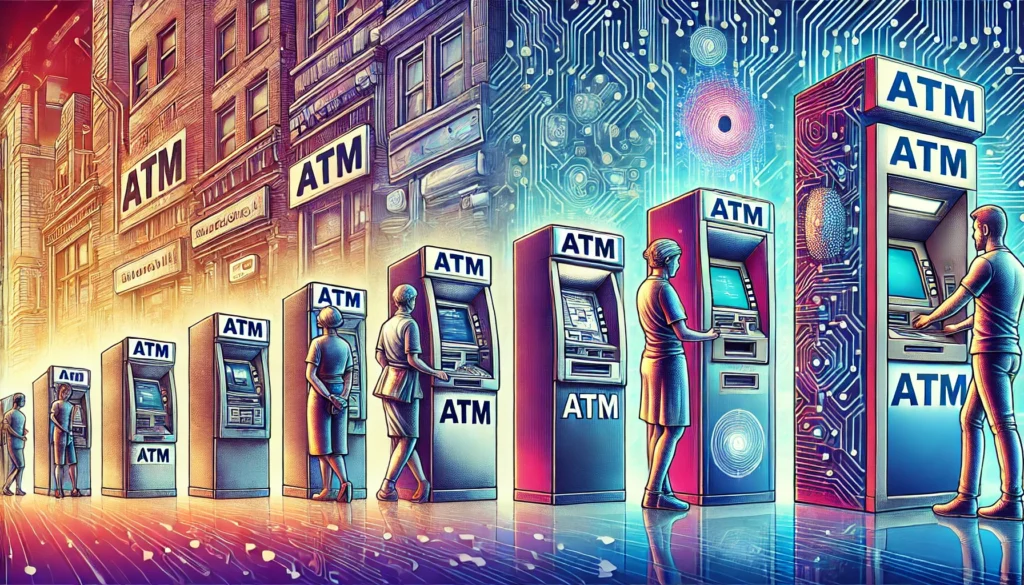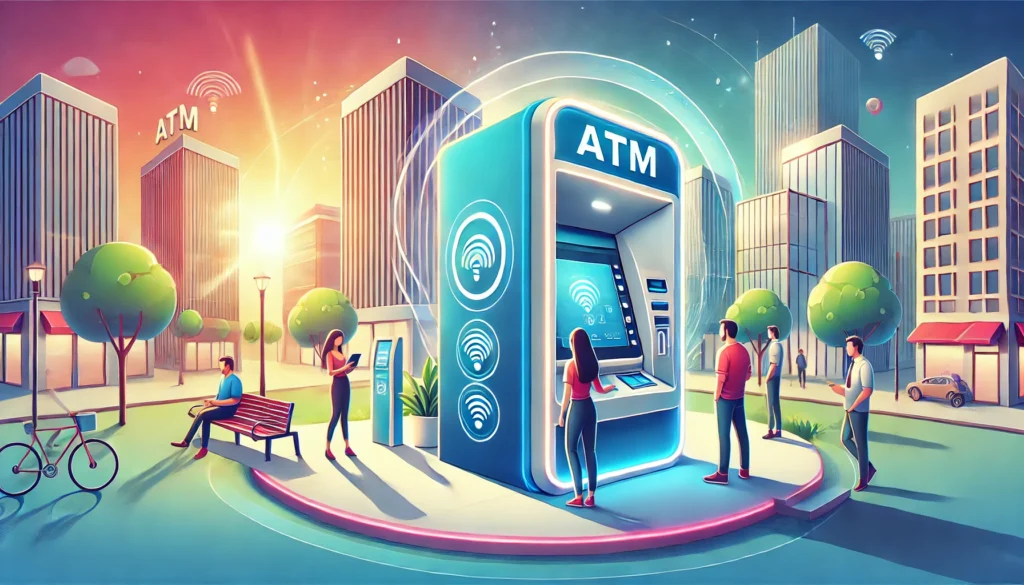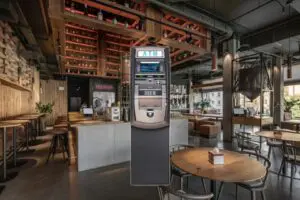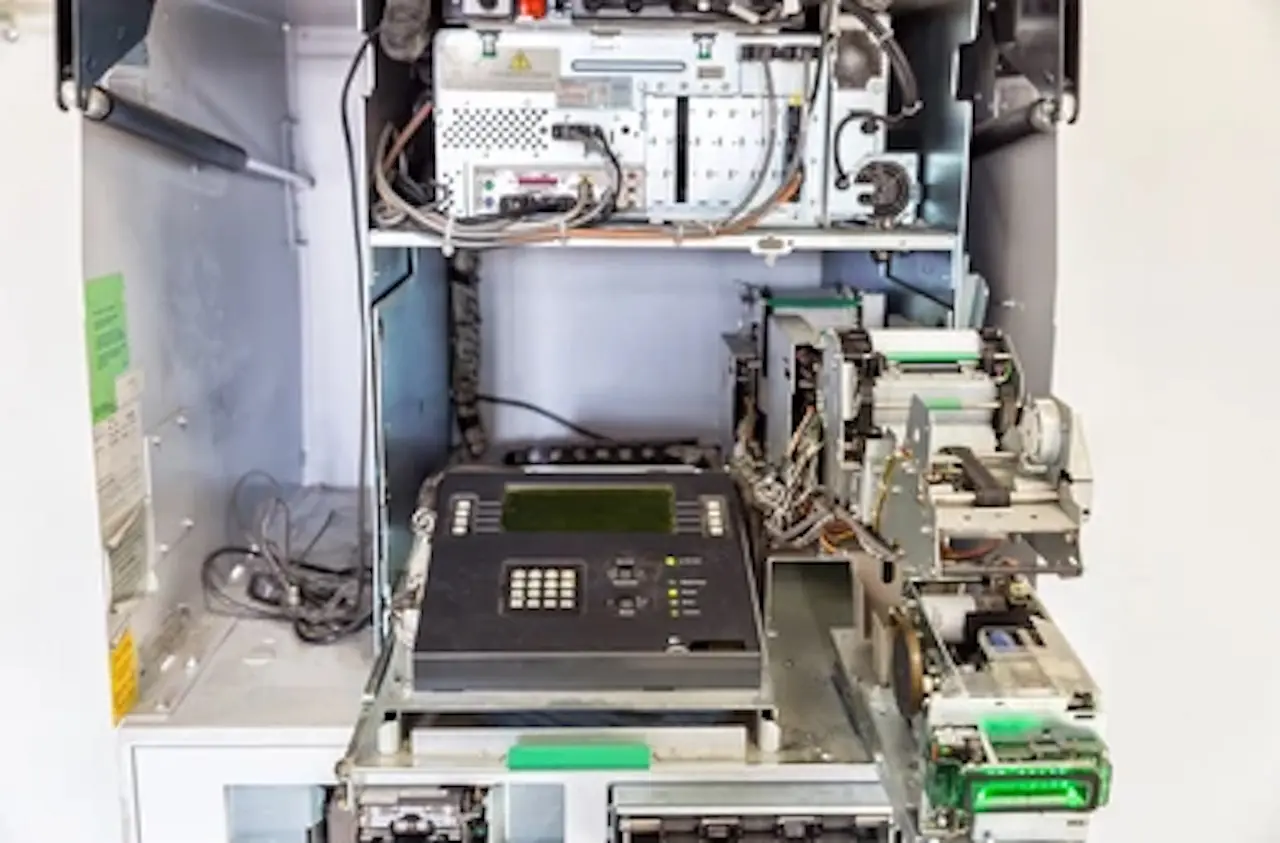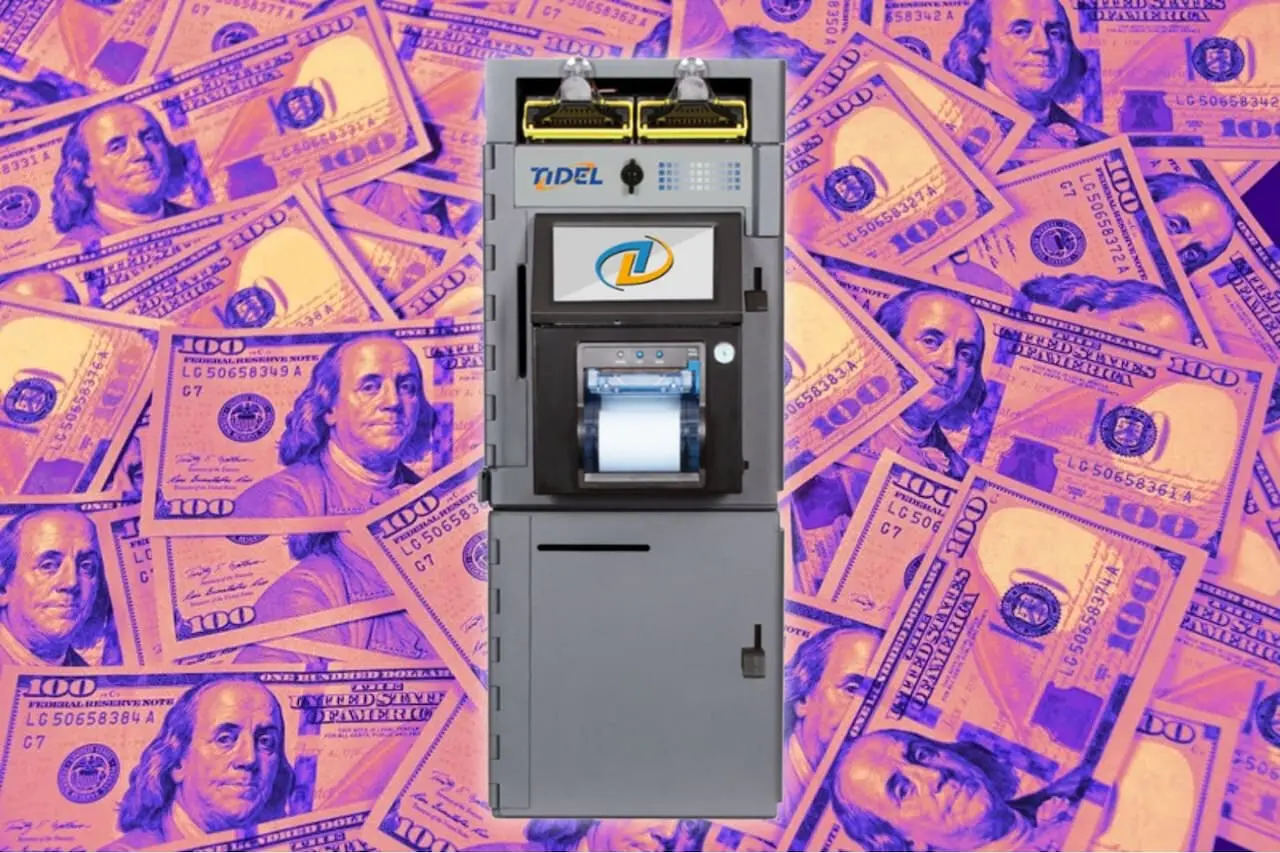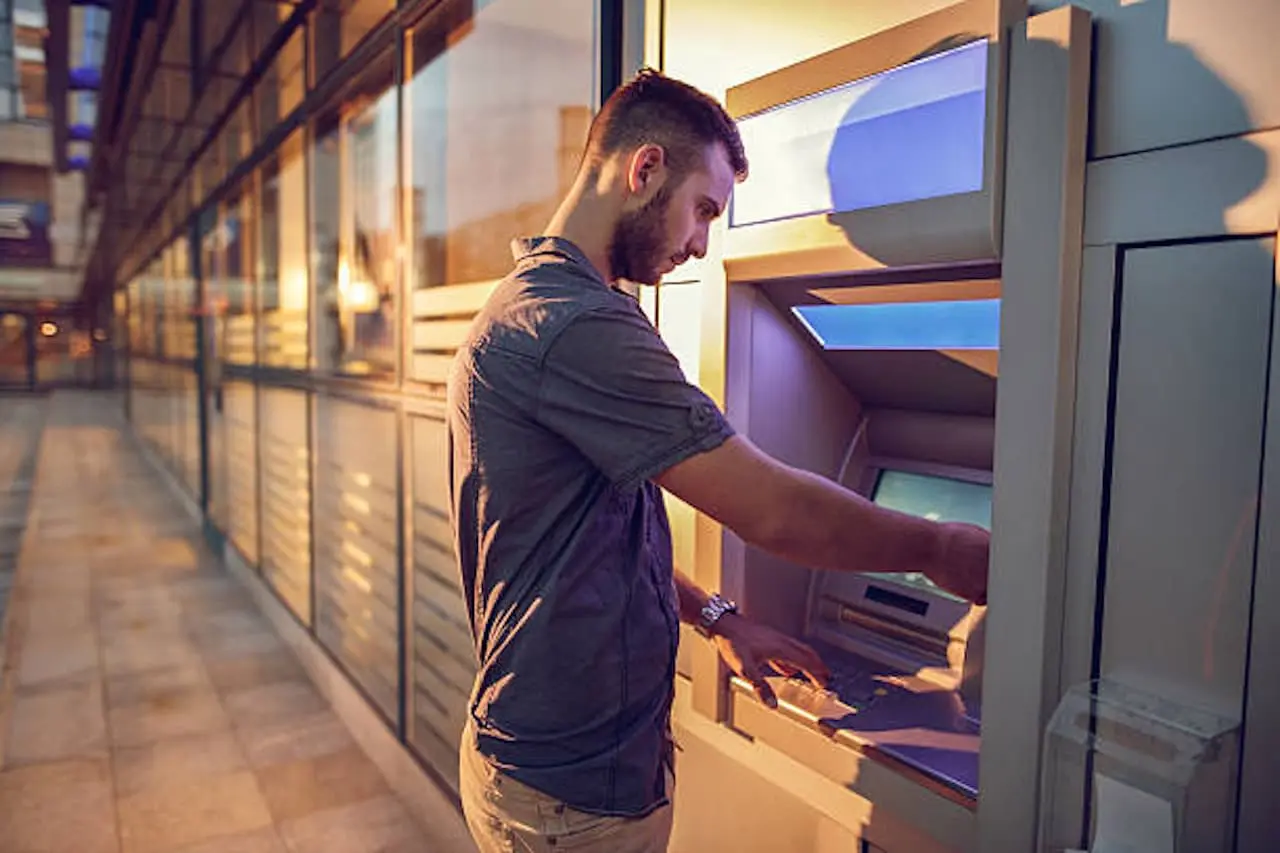
Since their debut in 1967, Automated Teller Machines (ATMs) have been a cornerstone of banking and commerce, continually adapting to the needs of consumers and businesses alike. Today, ATMs are more than just cash dispensers; they are integrated service points playing a pivotal role in the financial ecosystem.
From facilitating 24/7 banking to introducing biometric security, ATMs have continuously evolved to meet the changing demands of the marketplace. As we look towards the future, the role of ATMs is expected to become even more integral, not just in everyday transactions but in shaping the broader financial landscape. For businesses, leveraging the evolving capabilities of ATMs will be key to enhancing customer service and operational efficiency.
The Transformation of ATMs
In the early days, ATMs served the simple purpose of dispensing cash after banking hours. However, the advent of digital banking in the late 20th century began transforming ATMs from standalone cash dispensers into complex, multifunctional machines capable of a variety of banking operations.
According to a report by Grand View Research, the global ATM market size was valued at approximately $20.18 billion in 2021 and is expected to expand at a compound annual growth rate (CAGR) of 5.4% from 2022 to 2030.
Current Impact on Businesses
ATMs today offer services ranging from deposit acceptance to bill payments, adding substantial value for consumers and businesses. For businesses, particularly in the retail sector, ATMs can drive foot traffic and reduce the costs associated with credit card transactions.
A study by Retail Banking Research (RBR) indicates that as of 2021, there are over 3.2 million ATMs in operation worldwide, facilitating not only withdrawal and deposit transactions but also acting as points for promotional activities and customer engagement.
Innovations and Technological Advances
The integration of sophisticated technologies such as touchscreens, biometric sensors, and NFC readers has expanded ATM functionalities significantly. For instance, biometric ATMs, which use fingerprint recognition and facial recognition to enhance security, are becoming increasingly prevalent. Capgemini reports that biometric-enabled ATMs are expected to reduce fraud by up to 30% in the coming years.
Additionally, the integration of NFC readers supports contactless card payments and mobile wallet transactions, aligning ATMs with modern consumer payment preferences. This shift positions ATMs as multifunctional service hubs, catering to diverse customer needs while driving innovation in the financial services sector.

